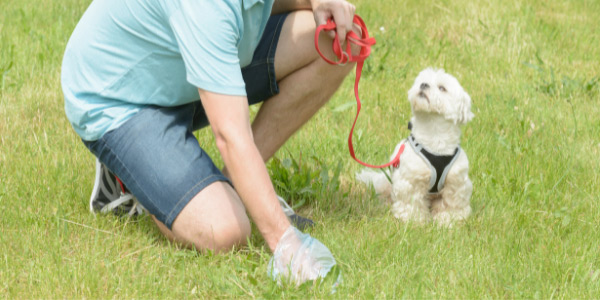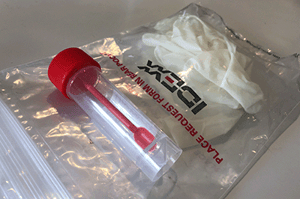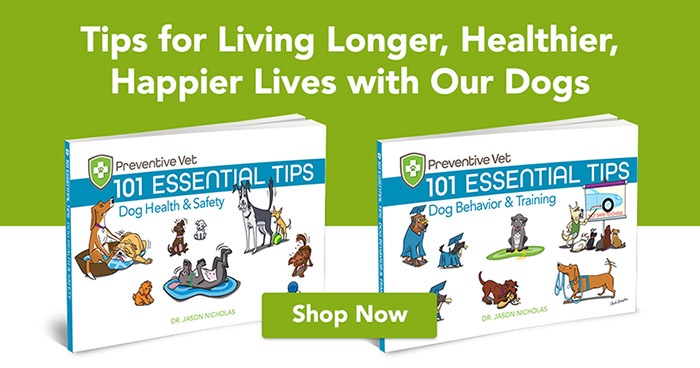 Did you know that dogs in the U.S. poop 10 million TONS each year1?
Did you know that dogs in the U.S. poop 10 million TONS each year1?
That's a lot of doo-doo!
Being a responsible dog owner like you are, you already know that it’s not just good manners to scoop the poop, it’s also better for the environment, and saves people and their shoes from potentially embarrassing and stinky situations!
Check out these other fast fecal facts:
- Flushing is the best and most eco-friendly way to dispose of your dog's waste2. Just don't flush the bag, not even biodegradable ones, as these will clog your pipes!
- Dog poop does not make good fertilizer or compost — it's too acidic and will most likely turn your grass yellow. And the bacteria and other nasties in the poo aren't very good for your garden either.
- One gram of dog waste can contain up to 23 million bacteria, including salmonella and E. coli and other nastiness like Giardia, tapeworm, parvovirus, and more! Gross!
- Routine fecal tests screen for common intestinal parasites (roundworms, hookworms, whipworms, coccidia, and Giardia).
- A fecal test should be done at least once a year by your veterinarian to keep your dog (and everyone else in your home and community) safe and healthy.
Scoop the poop and join us in doing the Poop Scoopin' Boogie!

How to Collect a Fecal Sample For Your Veterinarian
We also wanted to talk about a lesser-known “doody” … the down and dirty about bringing your veterinarian a fecal sample. You might think that you just need to bag your dog’s pile and drop it off, but there are a couple of things that are important to keep in mind so that your dog’s sample can be the best it can be.
 Follow these Simple Stool Sample Steps:
Follow these Simple Stool Sample Steps:
- Fresh is best! Collect your dog's sample right after they do their doody and bring it to your vet or refrigerate immediately.
- A sample that's not been picked up off the ground right away could become contaminated by pollens, bugs, and other environmental contaminants — making diagnosis more difficult.
- Double bag in a plastic bag or use a veterinarian-provided container.
- Deliver your dog's sample to your vet within 12 hours to make sure it's the best possible sample for testing.
- Your gift of poop doesn't need to be the whole bag (looking at you, Great Danes). Ask your veterinarian how much to collect and bring in for the test they are performing — often they only need 1–2 "turds worth."
Help us spread the "turd" word by sharing these facts far and wide! The more we scoop the poop, the healthier our environment will be.



